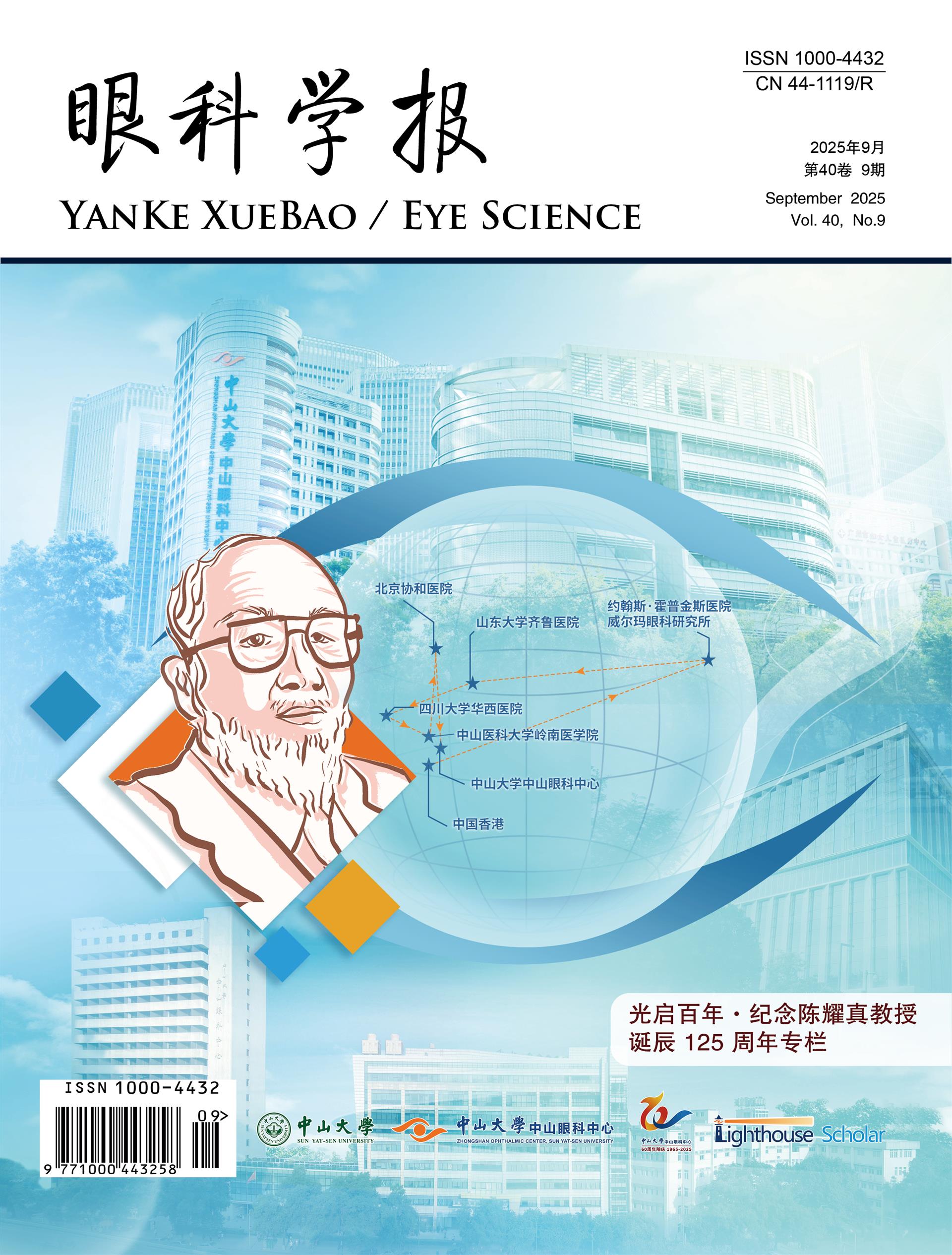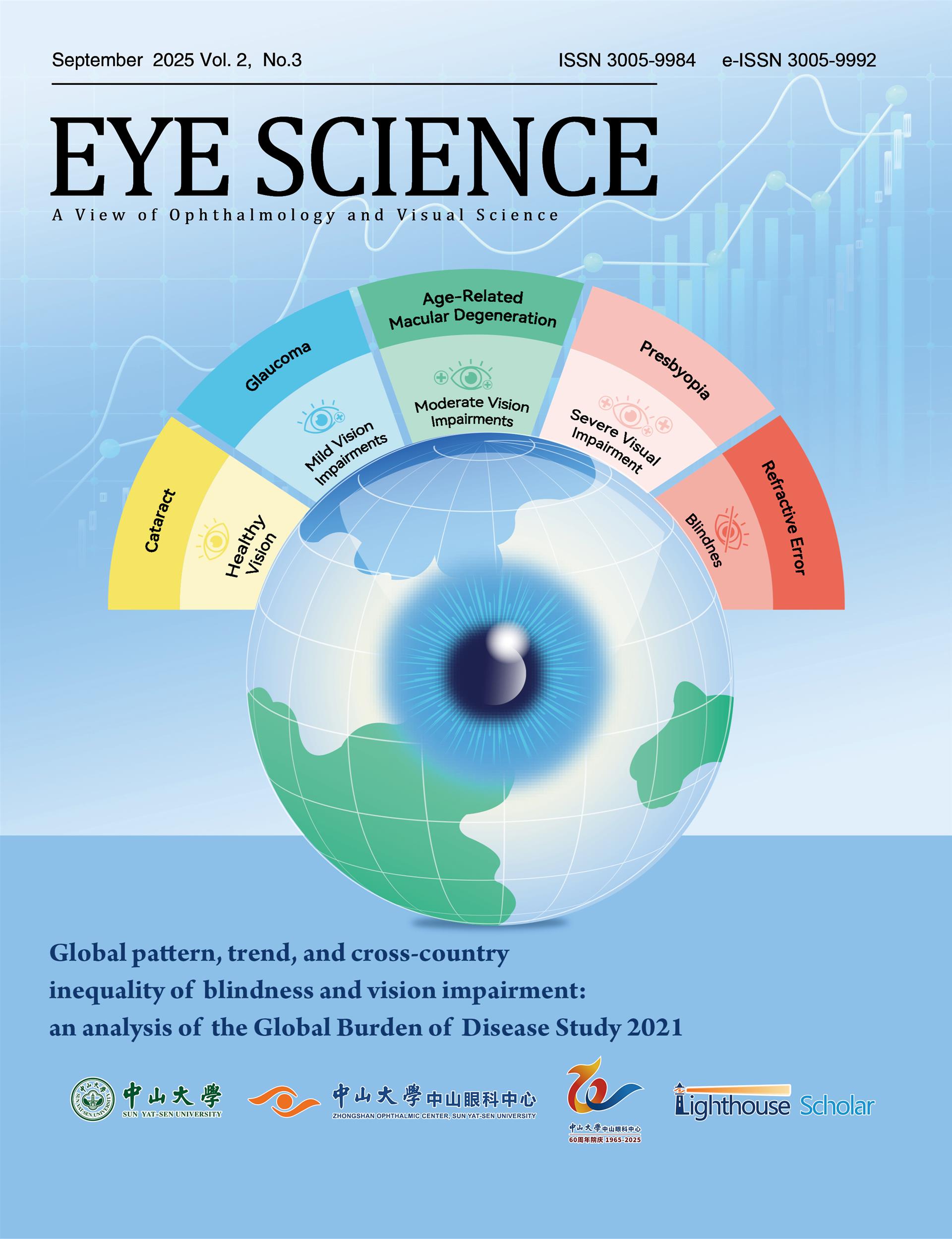Aim: The objective of this study was to investigate the prognosis of massive vitreous hemorrhage(VH) secondary to polypoidal choroidal vasculopathy(PCV) after vitrectomy.
Methods: Forty-nineeyes in 48 patients with PCV and breakthrough VH who underwent 23-gauge pars plana vitrectomy between January 2015 and December 2020 were enrolled. The main outcome parameters were best-corrected visual acuity, postoperative adverse events, and reoperation.
Results:The average follow-up time was 20.0±15.82 months. The average preoperative best-corrected visual acuity (BCVA) was 2.12±0.65 logarithm of the minimum angle of resolution (logMAR), the BCVA at six monthswas 1.65±0.64 logMAR, and the six-month follow-up BCVA was 1.67±0.76 logMAR. Compared to the average preoperative BCVA, the six-months and last follow-up BCVA after vitrectomy improved (P<0.05). The BCVAat the fnal follow-up was better than 1.3logMAR only in 14 eyes (28.6%). Postoperative complications were observed in 10 eyes (20.4%), including recurrent retinal detachment, recurrent vitreous hemorrhage, macular hole, hyphema and lens dislocation. Fourteen eyes(28.6%) underwent cataract surgery procedure an average of 10.16±5.14 months after vitrectomy. BCVAone week and three monthsafter cataract surgery improved compared toBCVAbefore cataract surgery (P<0.05). Hypertension was associated with BCVAsix months after vitrectomy (P=0.017). The BCVA at baseline and three months after PPV were worse in patients who underwent vitrectomy combined with silicone oil filling (P<0.05). Eyes with postoperative complications had worse BCVA at six months, 12 months, and at the final follow-up after PPV (P<0.05).The duration of VH is related to the BCVA12 months after PPV visual acuity after surgery. Patients who underwent vitrectomy within one month of the onset of vitreous hemorrhage had better BCVA 12 months after vitrectomy than those who underwent vitrectomy surgery one month later (P=0.015).
Conclusions: Although the prognosis of vitrectomy varies greatly, cataract surgery could be considered to improve BCVAif polypoidal lesions are inactive six months after vitrectomy.

















